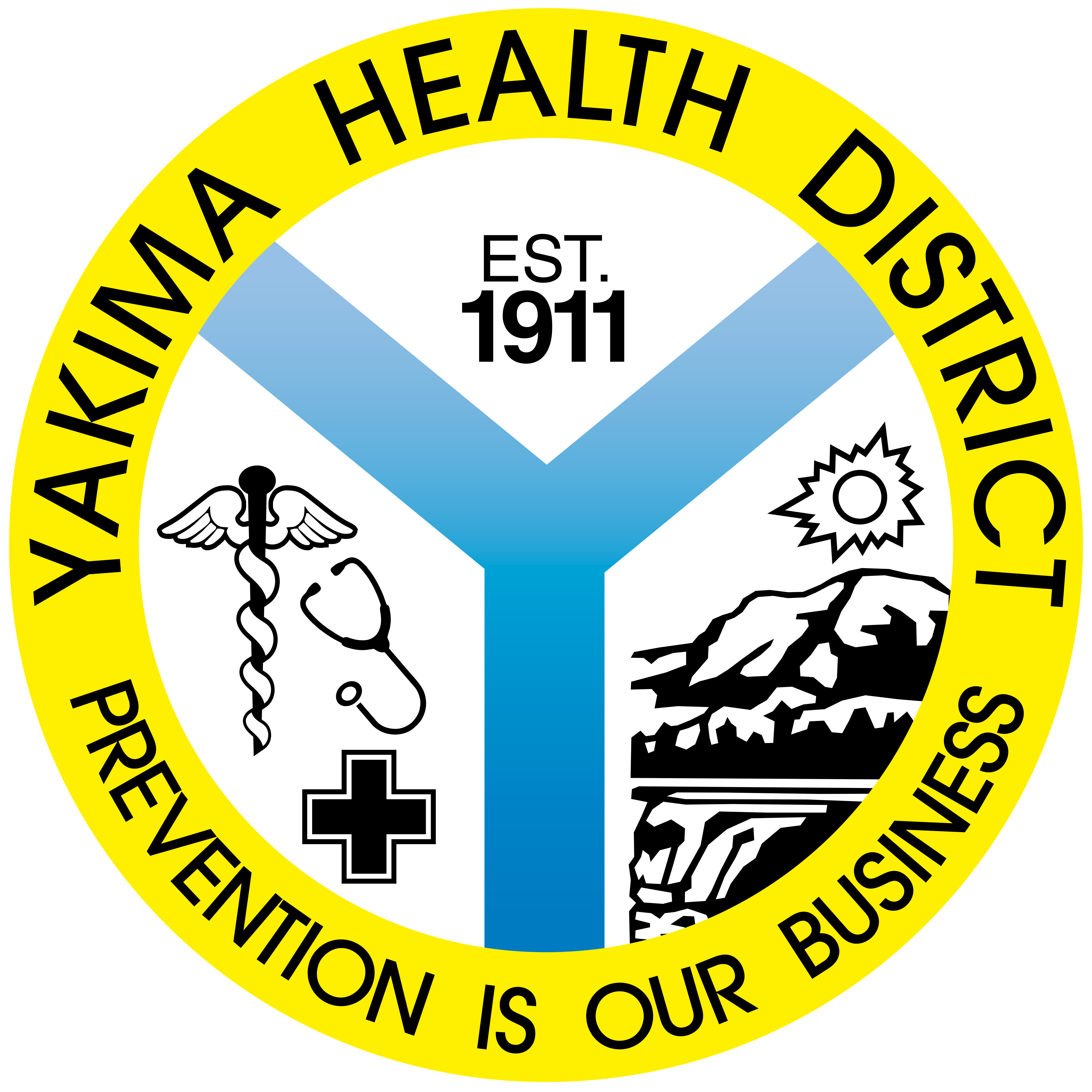October 19, 2020
Requested Actions
- Review updated guidance from The Washington State Department of Health (DOH)for allowing children to return to school or childcare and school staff to return to work following a positive COVID-19 symptom screening, as it pertains to potential impact on primary care and other healthcare providers.
- Be aware CDC issued a Health Alert Network (HAN) advisory reporting recent HIV clusters and outbreaks across the United States among people who inject drugs (PWID).
- Be aware of cases reported to CDC and published series identifying multisystem inflammatory syndrome in adults (MIS-A) associated with SARS-CoV2 Infection.
Updated School Guidance
The new DOH guidance for returning to school or childcare following a positive symptom screening offers providers flexibility. While the guidance encourages COVID testing for any Class A (major) COVID symptom or any Class B (minor) symptom lasting greater than 24 hours, the guidance also allows for providers to determine whether there is an alternative diagnosis for individuals with no known COVID-19 exposure who are experiencing symptoms.
Minor COVID-19 symptoms include fatigue, headache, body aches, sore throat, nasal congestion, nausea or vomiting, and diarrhea. There are publications detailing COVID-19 associated conjunctivitis and otitis, but these are not yet included in the Class B (minor) symptom list. We continue to encourage COVID-19 testing for all individuals with new onset upper respiratory infection symptoms.
The duration of isolation after a COVID-19 diagnosis depends on the number and type of symptoms, whether COVID-19 testing is performed, and alternative diagnoses made by the provider.
DOH created two versions of the guidance: one for counties with moderate to high COVID-19 activity (>25 cases per 100,000 over 14 days) and one for counties with low COVID-19 activity (<25 cases per 100,000 over 14 days). The guidance is available on the Yakima Health District Provider Page- School and Childcare Resources
HIV Outbreak Background
On Oct. 5, CDC issued a HAN advisory reporting recent HIV clusters and outbreaks across the United States among PWID and considerations during the COVID-19 pandemic. Although HIV incidence among PWID declined substantially for many years, ongoing misuse of opioids and other injected substances threaten this success. HIV diagnoses among PWID increased 11% nationally from 2016 to 2018, with pronounced increases among adults under 40 and non-Hispanic white adults. The COVID-19 pandemic complicates delivery of essential services, including those for PWID, potentially hindering efforts to address increases in HIV transmission.
People involved in these clusters and outbreaks often share these characteristics:
- Nonsterile injections multiple times a day.
- Use of multiple substances, often opioids with methamphetamine or cocaine.
- Marginalizing circumstances, like homelessness or unstable housing, recent incarceration, exchange of sex for money or goods.
- Coinfection with hepatitis B (HBV), hepatitis C (HCV) or sexually transmitted infections (STIs).
Recommendations
- Refer PWID to Yakima Needle Exchange
- Recognize that any clinical encounter is an opportunity to provide multiple clinical and public health services for PWID, especially in the context of COVID-19. PWID need comprehensive medical care.
- Screen and treat for skin and soft tissue and other infections (e.g., HIV, HCV, HBV, STIs).
- Vaccinate against hepatitis A and HBV.
- Educate about safer injection practices and never reusing or sharing needles, syringes or drug preparation equipment (e.g., cookers, water, filters) for people not yet motivated or able to stop injecting drugs.
- Provide naloxone for overdose reversal.
- Refer PWID negative for HIV to pre-exposure prophylaxis (PrEP) to prevent HIV.
- Prescribe HIV post-exposure prophylaxis to those potentially exposed to HIV through sex or injection within the past 72 hours.
- Counsel about other strategies to reduce risk of HIV transmission or acquisition, including limiting the number of sex partners and using condoms the correct way every time they have sex.
- Test for HIV and HCV at least annually.
- Refer men who have sex with men (MSM) or transwomen who engage in receptive anal intercourse, PWID and their sex partners, and symptomatic heterosexuals and their partners for testing.
- If testing confirms HIV or HCV:
- Rapidly link to care and treatment for HIV, HCV or both to rapidly reduce viral load, improve patient outcomes and prevent further transmission.
- Encourage injection partners and sex partners to get tested.
- To protect themselves and others from COVID-19, provide PWID with access to face masks, hand sanitizer and education about avoiding close contact and other steps to reduce risk of exposure.
- Report cases of newly diagnosed HIV or HCV to the Health Department. Fax report forms to (509) 249-6628
- Remain alert to, and notify the Health Department of, increases in or clusters of HIV or HCV diagnoses.
- Review guidance for managing people with HIV who develop COVID-19.
MIS-A Background
Multisystem inflammatory syndrome in children (MIS-C) is a rare but severe complication of SARS-CoV-2 infection in children and adolescents. Since June 2020, several cases have been reported and a case series has been published reporting a similar multisystem inflammatory syndrome in adults (MIS-A).
Adults experiencing MIS-A typically require intensive care and can have fatal outcomes. Antibody testing is required to identify prior SARS-CoV-2 infection in approximately one third of 27 cases.
Clinical suspicion SARS-CoV-2 testing, including antibody testing for those without active COVID-19 infection, may be needed to recognize and treat adults with MIS-A. Further research is needed to understand the pathogenesis and long-term effects of this condition. Ultimately, the recognition of MIS-A reinforces the need for prevention efforts to limit spread of SARS-CoV-2. CDC Morbidity and Mortality Weekly Report
Resources:
